Are you pregnant?
You shouldn't exercise! Pregnant women need to take bed rest always!
You could be listening to these types of statements most of the time while pregnant. There will be a lot of changes in a woman's body during pregnancy that may be physical or emotional. Being pregnant there will be several doubts regarding exercises like:
►Can pregnant women exercise?
►Should pregnant women do yoga?
►What type of yogic exercises pregnant women should do?
►What are the benefits of yogic exercises?
So here in this blog, we will be understanding everything about yogic exercises, types of yogic exercises, yogic exercises during pregnancy, and their benefits.
Yogic exercises:
Yogic exercises are also referred to as yoga a combination of physical, mental, and spiritual practices that are followed from ancient days.
It is a set of postures (asanas), breathing exercises (pranayama), and meditation.
Types of yogic exercises:
There are a few types of yogic exercises that need to be followed while pregnant such as:
Hatha yoga:
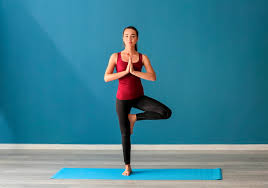 Hatha yoga is mainly about posture exercises and breathing exercises. Hatha means hands that are associated with the hand by movements and gestures within the hands. It involves gentle stretches, relaxation techniques, and breathing exercises during pregnancy.
Hatha yoga is mainly about posture exercises and breathing exercises. Hatha means hands that are associated with the hand by movements and gestures within the hands. It involves gentle stretches, relaxation techniques, and breathing exercises during pregnancy.
Kundalini yoga:
 Kundalini yoga is best known for its nature in breath control, meditation, and a few movements. Pregnant women can connect deeply with their bodies during this kundalini yoga and prepare well for their childbirth.
Kundalini yoga is best known for its nature in breath control, meditation, and a few movements. Pregnant women can connect deeply with their bodies during this kundalini yoga and prepare well for their childbirth.
Restorative yoga:
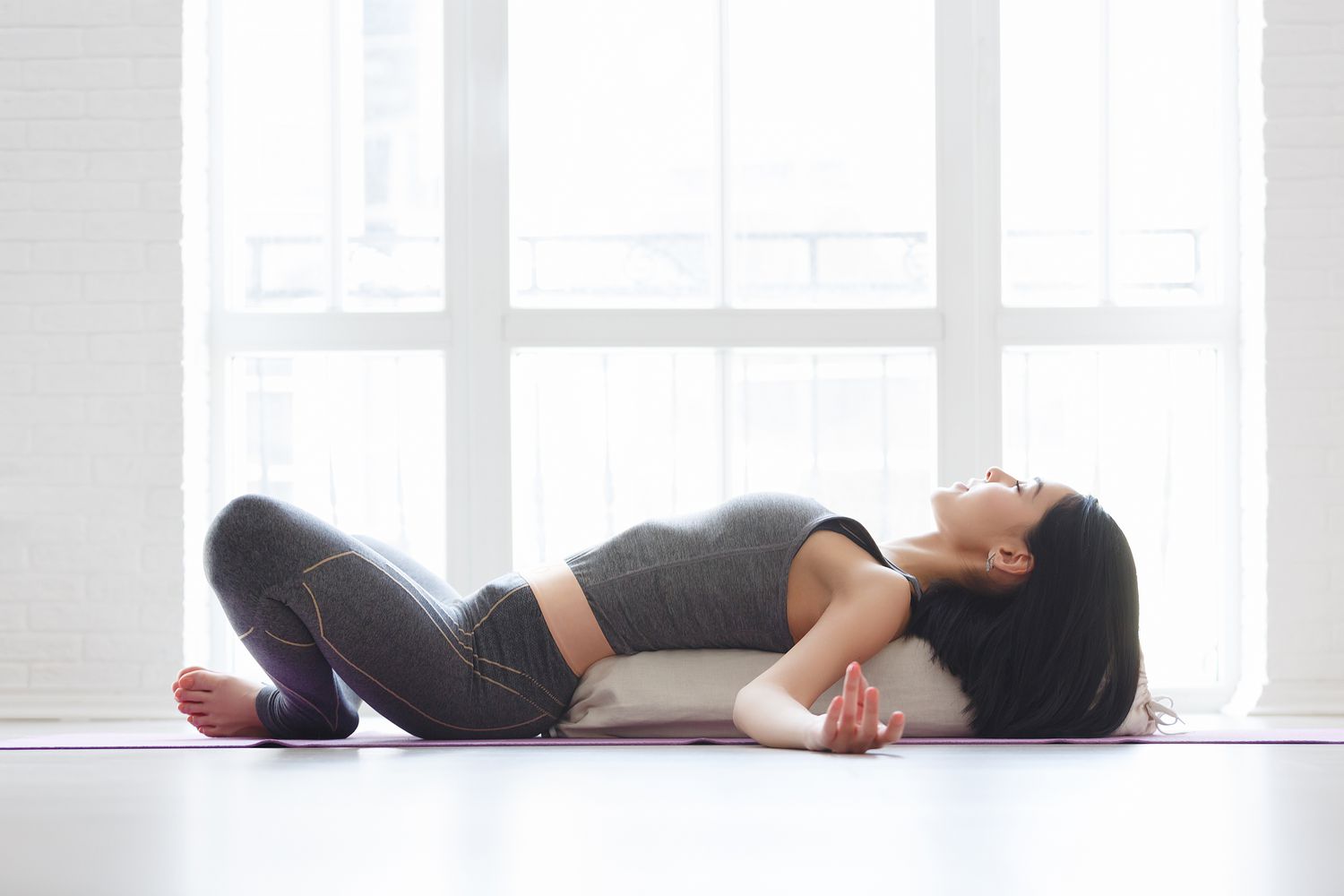 It can best help pregnant women by promoting gentle ways to stretch and relax by maintaining flexibility and strength. Restorative yoga mostly helps mentally by reducing stress and preparing you for childbirth.
It can best help pregnant women by promoting gentle ways to stretch and relax by maintaining flexibility and strength. Restorative yoga mostly helps mentally by reducing stress and preparing you for childbirth.
Also, read the 10 exercises for weight loss.
Benefits of yogic exercises:
Practicing yoga during pregnancy helps women to improve their flexibility, strength, and balance in the body.
Yoga also reduces stress by providing relaxation to the mind.
The mental health condition is enhanced by having proper focus and clarity.
Yoga boosts better sleep quality and improves immune function.
Also, yoga helps manage severe health problems like diabetes, hypertension, and anxiety.
As symptoms like back pain, joint pain, headaches, and fatigue are seen most commonly during pregnancy, yoga helps to manage such conditions during pregnancy.
Yogic exercises during pregnancy :
First trimester (0-12 weeks)
In the first trimester, pregnant women are advised to do gentle stretching exercises such as
Cat-Cow-Pose: The cat-cow pose, also called marjaryasana-bitilasana, helps stretch the back to promote spinal flexibility. Aim for 5-10 repetitions depending on your comfort as shown in the first picture of the table.
Upavistha Konasana: This yogic posture allows pregnant women to improve their lower back, hips, and leg flexibility. Also, this pose strengthens the spine, lower back, and the pelvis. You can hold on to this position for one minute as shown in the second picture of the table.
Cat cow pose |
Upavistha Konasana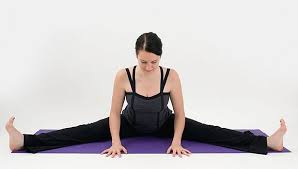 |
Second trimester (13-28 weeks)
Baddha Konasana: The baddha konasana helps promote circulation, and also enhances digestive health encouraging relaxation. This pose improves flexibility in the lower back, inner thighs, and hips which best helps your body for delivery. As posed in the first picture in the table you can repeat it 2-4 times by holding it for a minute.
Balasana: This is one of the relaxing poses during pregnancy that helps to stretch the chest, shoulders, and lower back. Also, it helps increase flexibility in the spine, thighs, and hips. The pose that is mentioned in the second picture of the table should be held for a minute.
Trikonasana is a triangle pose that opens the hips and stretches the side body. You can practice trikonasana for 15-30 seconds for about 3-5 repetitions as mentioned in the third picture of the table.
Baddha Konasana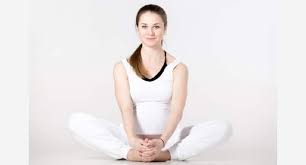 |
Balasana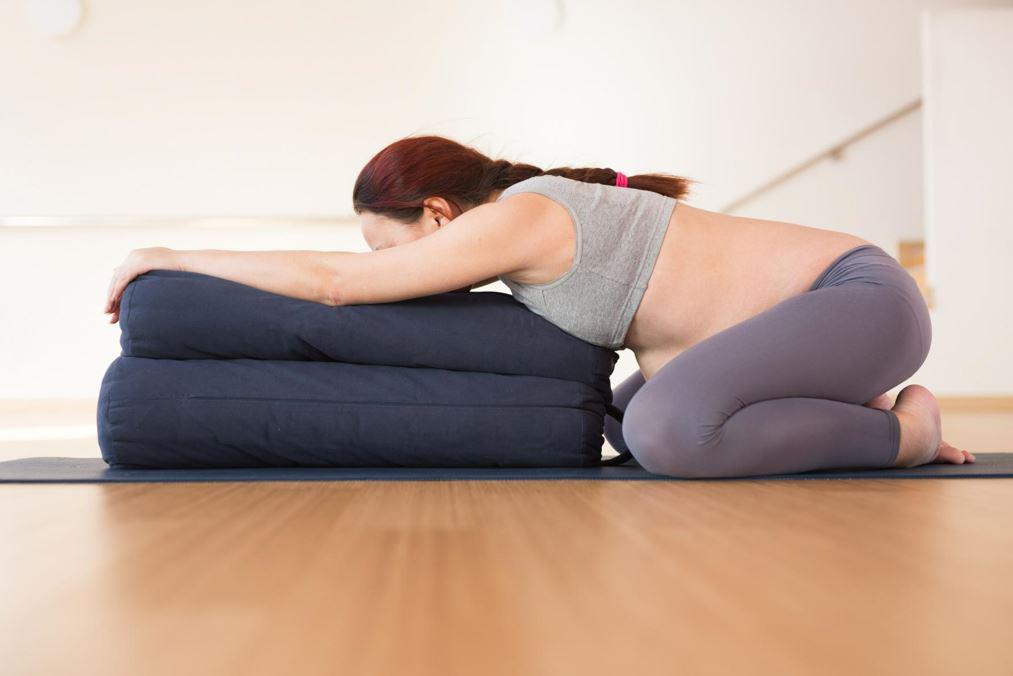 |
Trikonasana 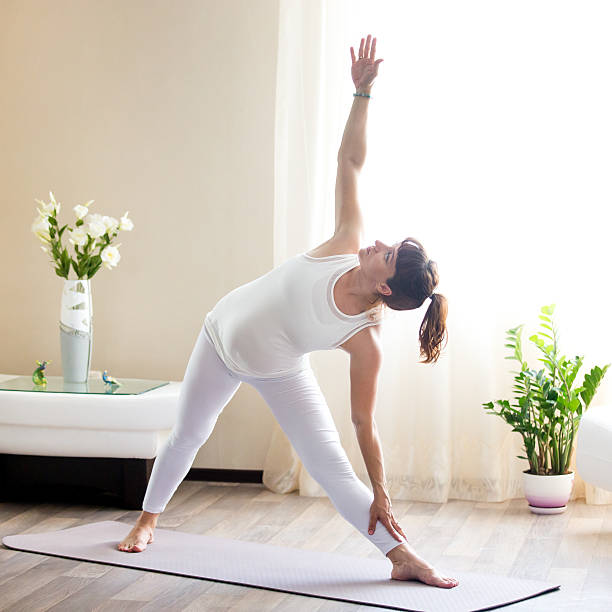 |
Third trimester (29-40 weeks)
Virabhadrasana II: Strengthens the legs and promotes balance. You can practice virabhadrasana for 15-30 seconds for about 3-5 repetitions as the first picture in the table. If you experience any pain or discomfort during the exercise make sure you relax for a while.
Malasana: Malasana is also called a garland pose that opens the hips and promotes digestion in people having problems with nausea and vomiting during pregnancy. You can practice malasana with 3-5 repetitions as in the second picture in the table.
Savasana: Most of the proper ideas on savasana encourage relaxation and deep breathing. Avoid lying down flat on the back. Relax in this pose for about 15 minutes as shown in the third picture.
Virabhadrasana II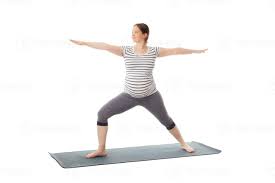 |
Malasana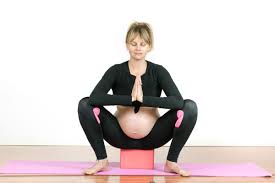 |
Savasana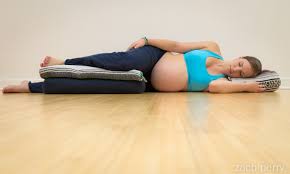 |
Tips:
►Avoid any poses that cause pain and discomfort.
►Avoid lying down on the belly and deep twists as they can put pressure on the abdomen.
►Drink plenty of water before, during and after pregnancy.
►Practice deep breathing to encourage relaxation and oxygenation.
►Avoid poses that involve lying flat on the back for extended periods, especially during the second and third trimesters as it may reduce blood flow to the uterus.
Caution:
Do visit your doctor before beginning any new yogic exercise during pregnancy because any type of exercise during pregnancy that is not suitable for your body may increase complications. So do take necessary precautions before starting any type of exercise. Do consult with your doctor for the best guidance and to avoid complications during pregnancy.
